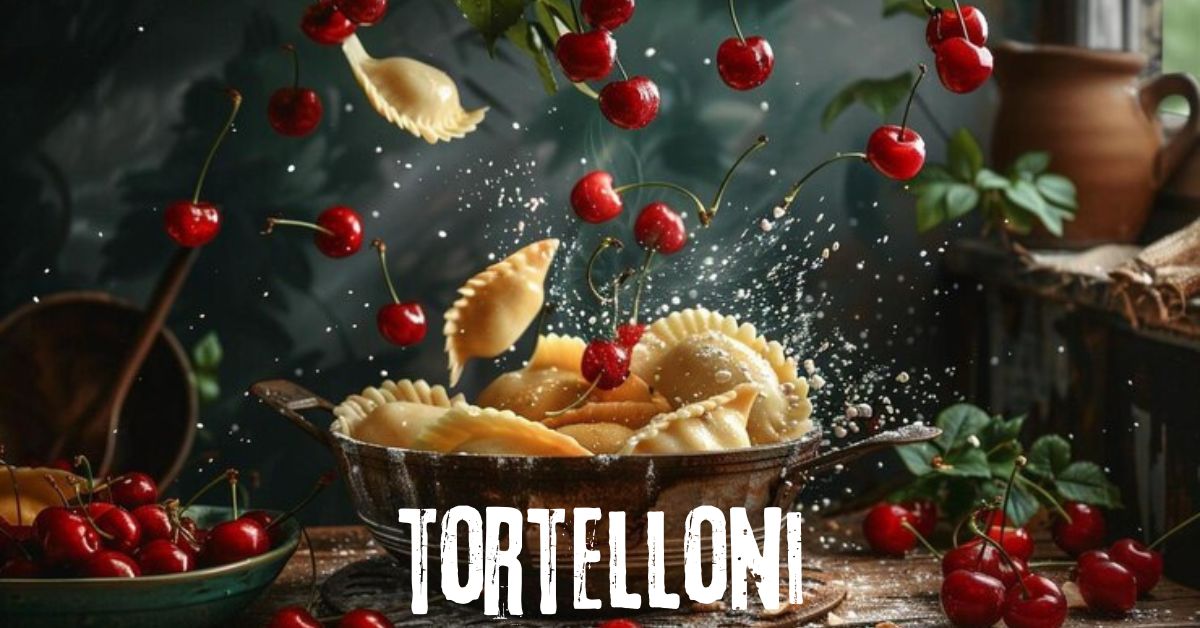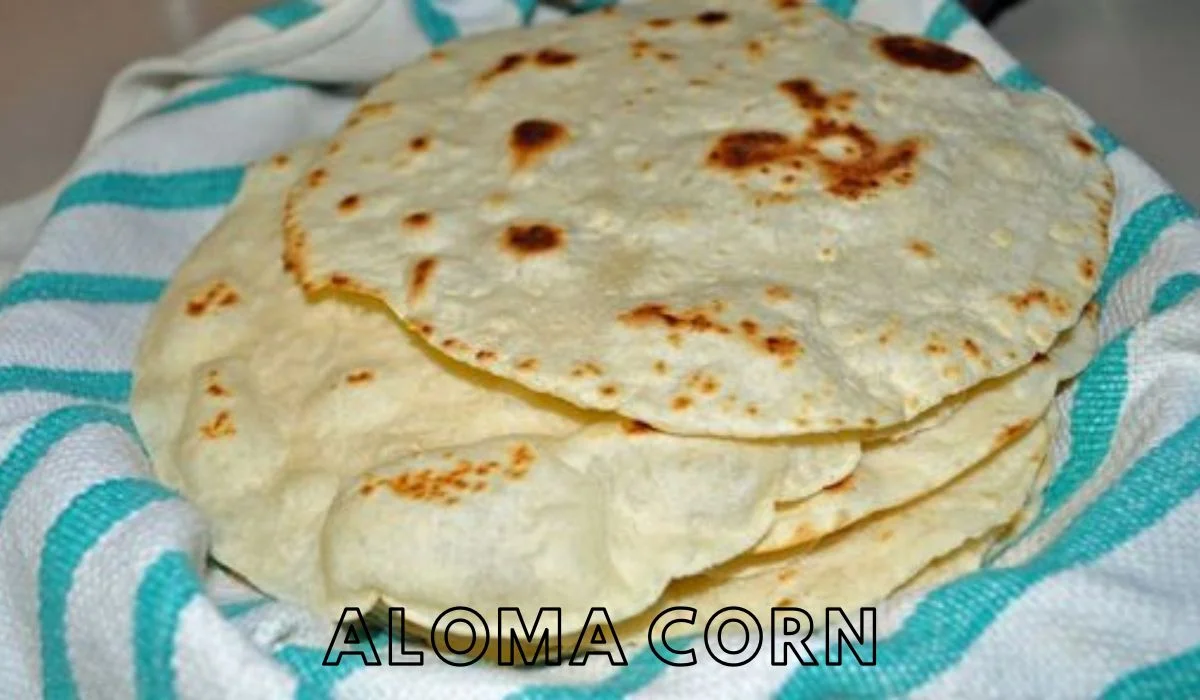Italy is renowned for its rich culinary traditions, and among the many iconic dishes that have emerged from this food-loving nation, tortelloni holds a special place. This larger cousin of tortellini is a type of stuffed pasta that is particularly popular in Northern Italy, celebrated for its delicate, yet robust, flavor profiles. Tortelloni, with its distinctive shape and mouthwatering cheese-based filling, has won the hearts of food enthusiasts around the world. In this article, we will explore the history, variations, and preparation methods of tortelloni, along with tips on how to enjoy this Italian delicacy in the best possible way.
The History of Tortelloni
Origins in Northern Italy
Tortelloni originated in the Emilia-Romagna region of Northern Italy, an area famous for its rich culinary heritage. The region is home to many of Italy’s most beloved dishes, including lasagna, ragù, and, of course, tortellini, from which tortelloni is derived. Tortelloni’s history is intertwined with that of tortellini, with both pasta types believed to have been inspired by ancient culinary traditions.
You Might Also Like: Pistachio Kunafa Chocolate Bar
Tortelloni vs. Tortellini: What’s the Difference?
While tortelloni and tortellini share similarities, they have distinct differences that set them apart. Tortellini are smaller, typically filled with meat or a mixture of meat and cheese, and are often served in broth. Tortelloni, on the other hand, are larger, usually filled with ricotta cheese and herbs, and are served with a variety of sauces rather than in broth. The name “tortelloni” literally means “large tortelli,” highlighting its size difference from tortellini.
The Legend Behind the Shape
Tortellini, or tortelloni, were allegedly inspired by Venus, the Roman goddess of love, and her navel, created by a cook from Emilia-Romagna due to her enchantment with her beauty. Whether or not this tale is true, the navel-like shape of tortelloni has become one of its most recognizable features.
The Ingredients and Fillings of Tortelloni
Traditional Ingredients
The basic ingredients for tortelloni are simple: flour, eggs, and water for the pasta dough, and a rich filling made primarily of ricotta cheese. However, the quality of these ingredients is crucial to achieving the authentic flavor and texture of tortelloni. In Italy, fresh, high-quality eggs and flour are essential, and the ricotta used is often made from sheep’s milk, which provides a distinctive flavor.
Common Fillings
Tortellini often contain ricotta cheese filled with herbs like parsley, nutmeg, and occasionally spinach. The creamy texture of the ricotta, combined with the freshness of the herbs, makes for a filling that is both rich and delicate. Tortellini can be filled with various ingredients like pumpkin, mushrooms, and meats, depending on the season and local preferences.
Modern Twists on Traditional Fillings
In contemporary cuisine, chefs around the world have experimented with tortelloni fillings, creating innovative variations that respect the traditional methods while introducing new flavors. Some modern fillings include goat cheese and beetroot, truffle and wild mushroom, or even seafood blends. These variations have helped tortelloni maintain its relevance in modern gastronomy while staying true to its Italian roots.
How Tortelloni is Made
Crafting the Perfect Pasta Dough
The process of making tortelloni begins with the dough. To create the perfect pasta dough, chefs typically mix flour with eggs and a little water, kneading the mixture until it reaches a smooth, elastic consistency. The dough is then rolled out into thin sheets, which are cut into squares or circles, depending on the desired shape of the tortelloni.
Filling and Shaping Tortelloni
After preparing the dough, create small balls and place them in the center of each dough square or circle. Fold the spaghetti over the dough and seal the edges. To make a tortelloni, just bring the two halves of the half-moon that contains the dough together to make a spherical shape.
Cooking Tortelloni
Due to its quick cooking pace, the traditional method of boiling tortelli in salted water until it floats to the top demands cautious handling. The dish is cooked, drained, and served with a suitable sauce for a balanced dinner.
Check: Opeño A Picturesque Town Known for Its Warm Hospitality
Popular Sauces for Tortelloni
Butter and Sage Sauce
One of the most traditional ways to serve tortelloni is with a simple butter and sage sauce. The richness of the butter, combined with the earthy aroma of fresh sage, enhances the flavors of the ricotta filling without overpowering it. This classic pairing is a favorite in Italy, especially when made with high-quality butter and freshly picked sage.
Tomato-Based Sauces
Tomato-based sauces are another popular choice for serving tortelloni. A rich tomato sauce, made from ripe tomatoes, garlic, and olive oil, can provide a tangy contrast to the creamy ricotta filling. Some variations include the addition of ingredients like basil, chili flakes, or even a splash of red wine to add depth to the sauce.
Creamy Sauces
For those who enjoy indulgent flavors, a creamy sauce made from heavy cream, Parmesan cheese, and a touch of nutmeg can elevate tortelloni to a decadent dish. This type of sauce works particularly well with tortelloni filled with pumpkin or mushrooms, as the creaminess complements the savory-sweet filling.
Pesto
Pesto, made from fresh basil, pine nuts, garlic, Parmesan cheese, and olive oil, is another excellent sauce option for tortelloni. The vibrant green color and the fresh, herbaceous flavor of pesto provide a delightful contrast to the soft, rich tortelloni. Pesto is especially popular during the summer months when basil is in season.
Tortelloni in Italian Culture
A Culinary Tradition
Tortelloni holds a special place in Italian culinary culture, particularly in the regions of Emilia-Romagna and Tuscany. Tortellini, a holiday-prepared dish, is a family-familiar art that involves dough and hand-shaped pasta, passed down through generations.
Tortelloni Festivals
Northern Italian communities often honor it through festivals and food fairs. These events often feature cooking competitions, where local chefs and home cooks showcase their tortelloni-making skills. Visitors to these festivals can sample a wide variety of dishes, each prepared according to traditional methods or with unique regional twists.
Tortelloni Around the World
While tortelloni originated in Italy, it has become a popular dish worldwide. Italian restaurants around the globe feature it on their menus, often adapting the dish to suit local tastes. In many countries, you can find it filled with local ingredients, or served with sauces that reflect regional culinary traditions. Despite these adaptations, the essence of it remains the same: a delicious, comforting dish that embodies the warmth and hospitality of Italian cuisine.
Health Benefits of Tortelloni
Nutritional Value
Tortelloni, like other pasta dishes, provides a good source of carbohydrates, which are essential for energy. The ricotta filling offers a significant amount of protein and calcium, while the herbs and other filling ingredients contribute vitamins and minerals. When served with a tomato-based sauce or vegetables, it can be part of a balanced and nutritious meal.
Portion Control and Moderation
As with all pasta dishes, it’s important to enjoy tortelloni in moderation. Because it is a rich dish, portion control is key to maintaining a balanced diet. Pairing it with a fresh salad or a side of steamed vegetables can help to create a well-rounded meal that is satisfying without being overly indulgent.
Homemade vs. Store-Bought
Homemade tortelloni allows for customization of wheat, eggs, and ricotta quality, ensuring deliciousness. Adapting to dietary demands like gluten-free flour or a lower oil filling can further enhance the dish’s taste. When purchasing pre-made it, be cautious of hazardous components and extra preservatives by thoroughly reading the labels.
Related: The Ultimate Guide to Pollaste Exploring its Rich History, Benefits, and Delicious Recipes
How to Make Tortelloni at Home
Step-by-Step Recipe
For those interested in making tortelloni at home, here is a basic recipe to get you started:
Ingredients:
- 2 cups all-purpose flour
- 3 large eggs
- 1 cup ricotta cheese
- 1/2 cup grated Parmesan cheese
- 1/4 cup chopped fresh parsley
- 1/4 teaspoon nutmeg
- Salt and pepper to taste
Instructions:
- Prepare the Dough: In a large bowl, combine the flour and eggs. Mix until a dough forms. Knead the dough on a floured surface for about 10 minutes, or until it becomes smooth and elastic. Wrap the dough in plastic wrap and let it rest for 30 minutes.
- Make the Filling: In a bowl, mix together the ricotta, Parmesan, parsley, nutmeg, salt, and pepper until well combined.
- Roll Out the Dough: After the dough has rested, roll it out into thin sheets using a rolling pin or a pasta machine. Cut the dough into squares or circles.
- Fill and Shape the Tortelloni: Place a small spoonful of the filling in the center of each square or circle. Fold the dough over the filling to form a half-moon shape, then bring the two ends together to form the classic tortelloni shape.
- Cook the Tortelloni: Bring a large pot of salted water to a boil. Add it and cook for 3-4 minutes, or until they float to the surface. Drain iti and serve with your favorite sauce.
Tips for Success
- Use Fresh Ingredients: The quality of the ingredients, especially the ricotta and eggs, greatly influences the flavor of it.
- Don’t Overfill: Be careful not to overfill it, as this can cause the pasta to break open during cooking.
- Practice Makes Perfect: Shaping it can be tricky at first, but with practice, you’ll develop the skill and confidence needed to create beautifully shaped pasta.
Must Visit: mizpedia
Pairing Tortelloni with Wine
White Wine Pairings
Tortelloni pairs well with a variety of wines, depending on the filling and sauce. A refreshing white wine like Pinot Grigio or Sauvignon Blanc pairs well with it filled with cheese and topped with butter or cream sauce. The acidity of these wines cuts through the richness of the dish, creating a balanced pairing.
Red Wine Pairings
If your tortelloni comes with a tomato sauce, consider pairing it with a light to medium-bodied red wine like Chianti or Barbera. These wines have enough acidity to complement the tomato sauce without overpowering the delicate flavors of it.
Sparkling Wines
To add a touch of celebration to your dinner, sparkling wines like Prosecco are an excellent choice. The bubbles in the wine add a refreshing contrast to the rich pasta, making each bite feel lighter.
Conclusion
The pasta with tortelloni, originating from Northern Italy, has become a beloved Italian classic. There are numerous topping options available, including traditional butter and sage, as well as imaginative fillings. To fully enjoy this timeless treat, one must be familiar with its history, master the preparation, and choose the right wine.
FAQs
1. What is tortelloni?
This is a type of stuffed pasta that originated in Northern Italy. It is similar to tortellini but larger in size and typically filled with a cheese-based mixture, often including ricotta and herbs.
2. How does tortelloni differ from tortellini?
The primary difference between it and tortellini is their size. It is larger and usually filled with cheese and herbs, while tortellini are smaller and often filled with a mixture of meat and cheese. Also, whereas tortelloni usually comes with sauces, tortellini are usually served in broth..
3. What are common fillings for tortelloni?
Traditional fillings for tortelloni include ricotta cheese, herbs like parsley, and sometimes spinach or nutmeg. Modern variations may include fillings such as pumpkin, mushrooms, or even seafood.
4. How is tortelloni made?
To make it, start with pasta dough made from flour, eggs, and water. Cut the dough into thin sheets, shape them into squares or circles, and spoon a small amount of filling into the center. Fold the dough over the filling to form a half-moon shape and seal the edges. The spaghetti is then cooked until it floats to the surface.
5. What sauces pair well with tortelloni?
There are several sauces that go well with tortelloni. Classic options include butter and sage sauce, tomato-based sauces, creamy sauces made with heavy cream and Parmesan, and pesto. The choice of sauce often depends on the filling of it.




